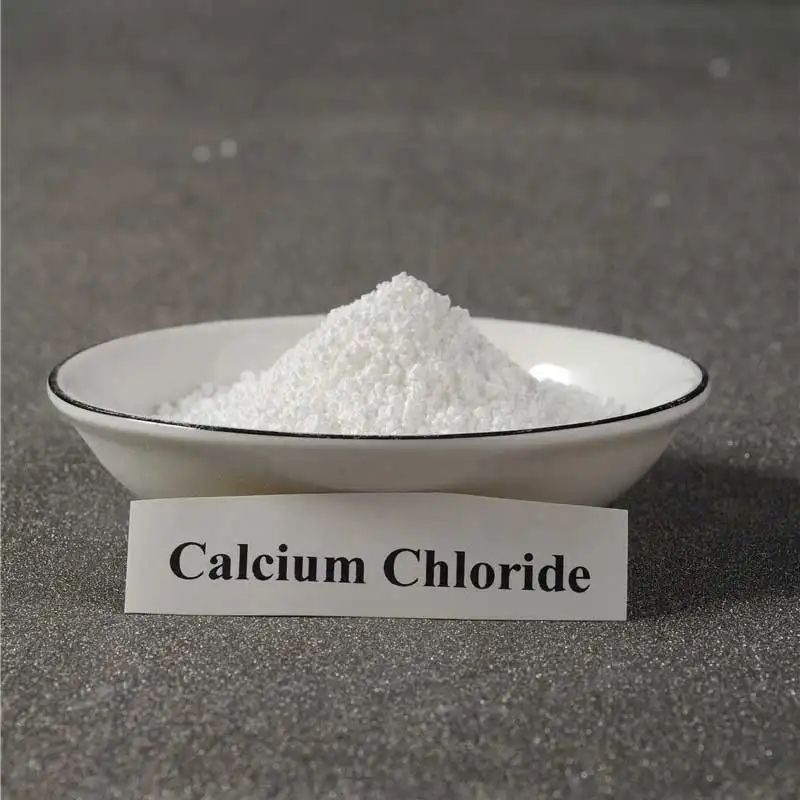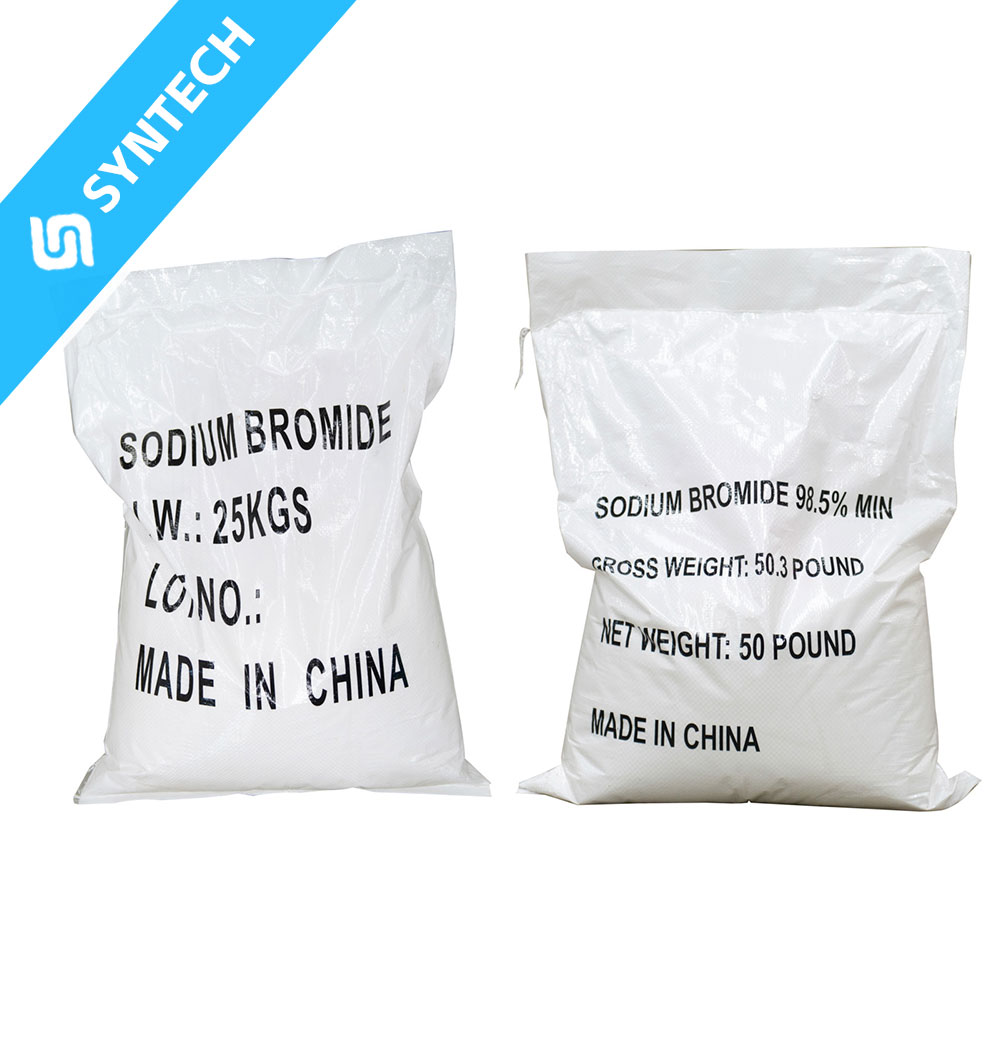Overview
Sodium Methallyl Sulfonate (SMAS), as an important sulfonate chemical, plays a key role in the oilfield industry. With the continuous growth of global energy demand, enhancing oil recovery has become a core issue in oilfield development. This article will provide an in-depth exploration of the technical principles, practical effects, and market prospects of SMAS in oilfield applications.
Properties and Technical Advantages of Sodium Methallyl Sulfonate
Physicochemical Properties
Sodium Methallyl Sulfonate (CAS No.: 1561-92-8) is a white crystalline powder with the molecular formula C4H7SO3Na and a molecular weight of 158.156. Its melting point is as high as 270-280°C, it has good water solubility but is difficult to dissolve in alcohol. As a strong oxidizer, it decomposes producing toxic gases such as carbon monoxide, carbon dioxide, and sulfur oxides when burned, so safety precautions are necessary during transportation and storage.
Technical Specifications
High-quality SMAS products typically meet the following specifications:
- Content: >99.5%
- Water Content: ≤0.5%
- Chlorides: ≤0.035%
- Color Index: ≤10
- Iron Content: ≤0.4 ppm
Applications of Sodium Methallyl Sulfonate in the Oilfield Industry
1. Oil Displacement Agent for Enhanced Oil Recovery (EOR)
SMAS serves as an efficient oil displacement agent in tertiary oil recovery. Its unique molecular structure effectively reduces the oil-water interfacial tension, thereby improving crude oil recovery.
Research shows that copolymerizing SMAS with compounds like acrylamide and acrylic acid can produce dispersants and fluid loss additives with significant resistance to high temperatures and salinity. These properties make it particularly suitable for reservoir conditions with high temperature and high salinity (HT/HS).
2. Key Additive in Petroleum Chemicals
In the field of petroleum chemicals, SMAS can copolymerize with various monomers to generate polymers with special functions:
- Copolymerization with acrylamide and acrylic acid: Produces high-temperature and salt-resistant dispersants.
- Copolymerization with acrylamidopropyltrimethylammonium chloride, allyltrimethylammonium chloride, etc.: Forms efficient fluid loss additives.
- Serves as a key component of oil displacement agents to enhance oil recovery.
3. Mechanism of Action and Advantages
The advantages of SMAS in oilfield applications are mainly reflected in the following aspects:
Interfacial Tension Reduction: SMAS can significantly reduce the oil-water interfacial tension, making it easier for residual oil to detach from the rock formation. Studies similar to those on petroleum sulfonates indicate that optimized surfactant formulations can achieve ultra-low interfacial tension(e.g., 3.6×10⁻⁴ mN/m), significantly improving oil displacement efficiency.
High-Temperature and High-Salinity Resistance: SMAS copolymers exhibit excellent temperature and salt resistance, suitable for harsh reservoir conditions, a characteristic that many conventional surfactants lack.
Emulsification and Dispersion Capability: SMAS can effectively emulsify crude oil and disperse organic deposits in the formation, improving fluid mobility.
Market Prospects and Development Trends
Global Market Outlook
According to YHResearch surveys, the global Sodium Methallyl Sulfonate market reached a considerable size in 2024 and is projected to maintain a steady growth trend until 2031. The compound annual growth rate (CAGR) for the market is expected to remain stable over the next six years.
Key Manufacturers and Competitive Landscape
Major players in the global SMAS market include:
- International Manufacturers: Kowa Europe GmbH, Daiso Chemical Co., Ltd., Asahi Kasei Finechem
- Chinese Manufacturers: Ningbo Jinlai Chemical Co., Ltd., Hubei Yuancheng, Hubei Xinmingtai Chemical Co., Ltd., Hubei Jusheng Technology Co., Ltd., etc.
Chinese enterprises hold a significant position in the global market. For example, Shandong Shouguang Songchuan Industrial Aid Co., Ltd. has a comprehensive production capacity of over 8,000 tons per year for sulfonate series products, which are sold worldwide.
Application Cases and Field Practices
Successful Application in Gudao Oilfield
Research shows that for issues like rapid water cut increase after polymer flooding and significant residual oil remaining in the formation in oilfields such as Gudao, using optimized surfactant systems (e.g., petroleum sulfonates) can increase oil recovery by up to 17%. This demonstrates the great potential of sulfonate chemicals in enhancing oil recovery.
SMAS, as a type of sulfonate, has similar application effects but possesses better temperature and salt resistance, giving it a broader application range.
Safe Handling and Operational Guidelines
Safety Precautions
The following safety regulations must be observed when using SMAS:
- Health Effects: Harmful to humans, irritating to eyes, skin, and respiratory system.
- Protective Measures: Prevent inhalation, ingestion, and avoid contact with skin and clothing.
- Storage Requirements: Store in a dry, cool place; protect from rain, moisture, and direct sunlight during transportation.
Packaging Specifications
SMAS is typically available in the following packaging forms:
- 20 kg/bag (inner plastic, outer woven bag)
- 500 kg/bag
- 170 kg/bag
- Customized packaging according to customer requirements is also available.
Future Outlook and R&D Directions
As oilfield development extends into deeper and more complex formations, the performance requirements for chemicals are increasing. The development directions for SMAS-based chemicals include:
- Developing products with higher temperature and salt resistance to suit ultra-deep well conditions.
- Optimizing environmentally friendly formulations to reduce ecological impact.
- Enhancing intelligent control capabilities for adaptive response to reservoir changes.
- Further optimizing cost-effectiveness to improve economic feasibility.
Conclusion
Sodium Methallyl Sulfonate, as an important chemical in the oilfield industry, demonstrates significant value in enhancing oil recovery, improving drilling fluid performance, and optimizing oilfield chemical solutions. With the continuous growth of global energy demand and increasingly complex oilfield development conditions, the application prospects for SMAS and its derivatives are becoming broader.
Oilfield developers and petroleum service companies can collaborate with reliable SMAS suppliers to obtain high-quality products and technical support, optimize oilfield development plans, and maximize economic benefits. Professional manufacturers like Shandong Syntech Industries Co., Ltd. can provide SMAS products that meet international standards, satisfying the diverse needs of the oilfield industry.
The content of this article is based on publicly available industry information and market research data and is for reference only. Specific applications should be consulted with professional technical personnel based on actual field conditions.






